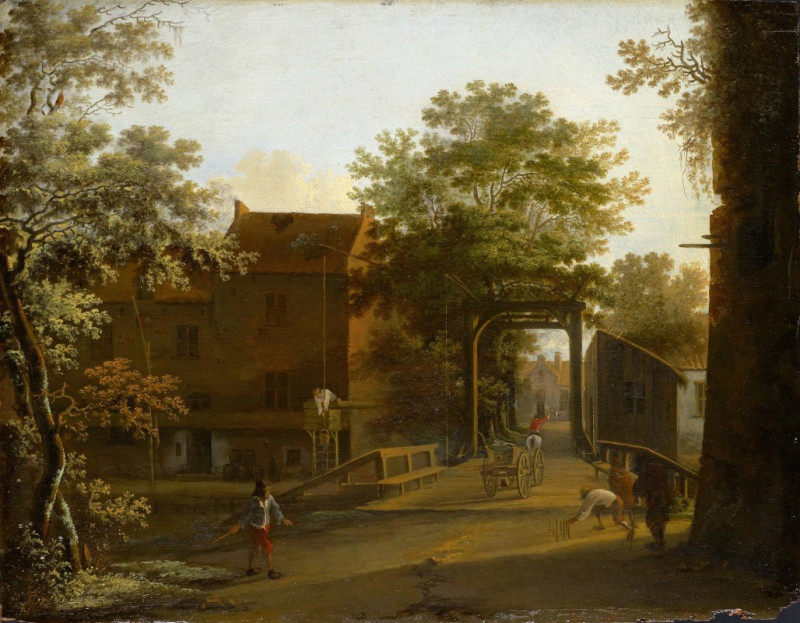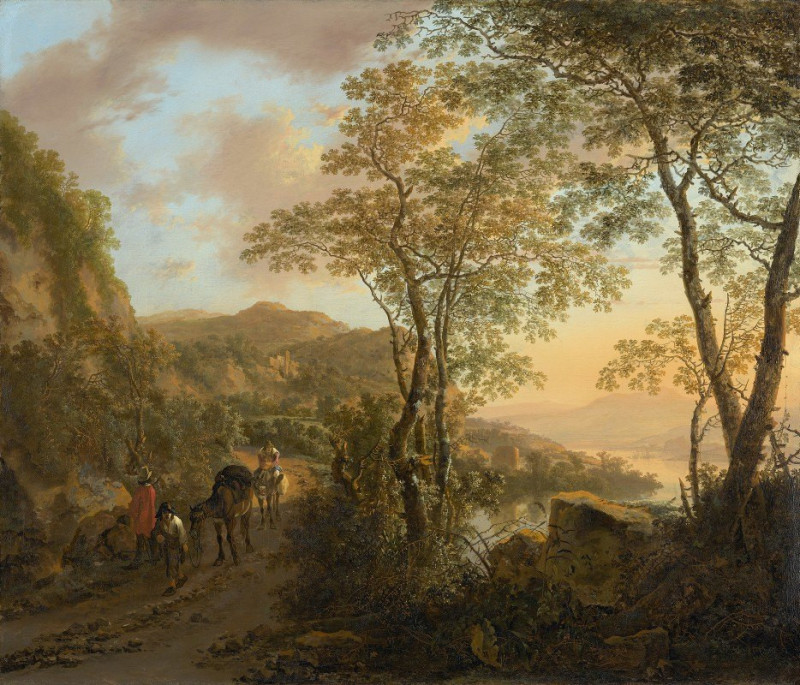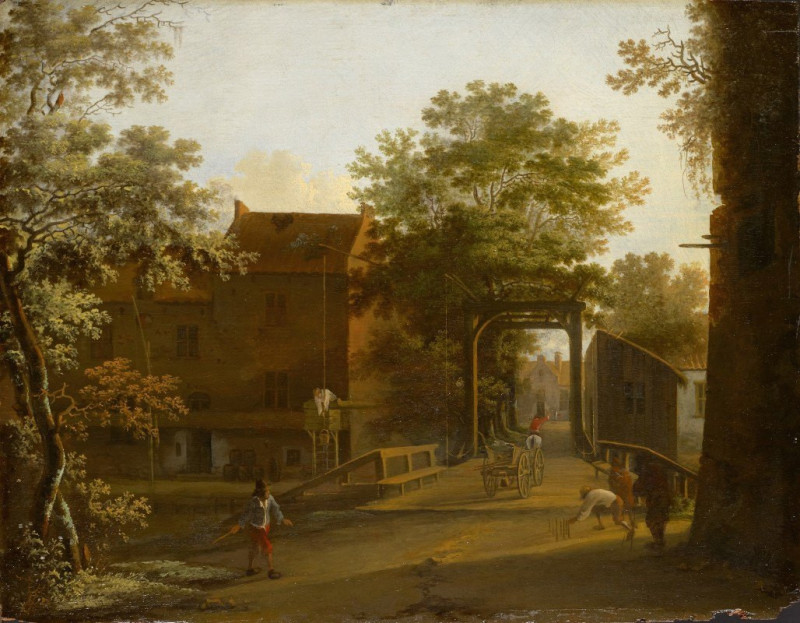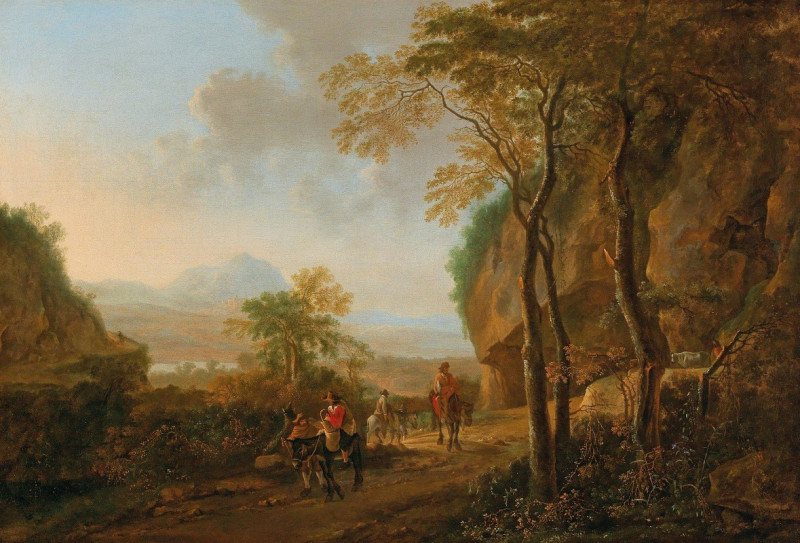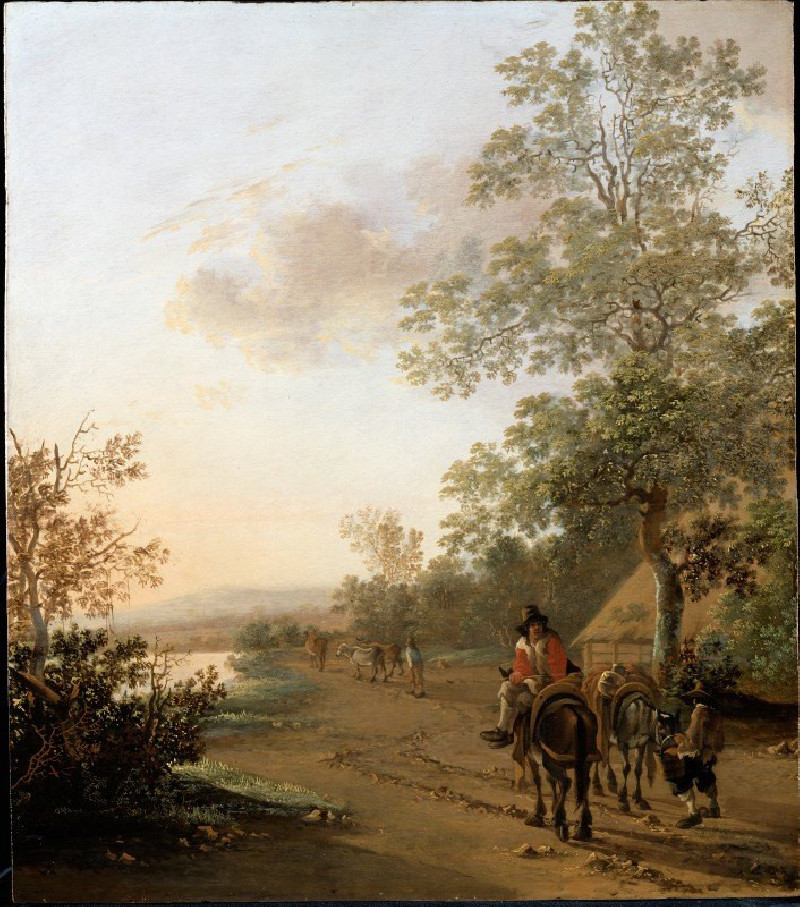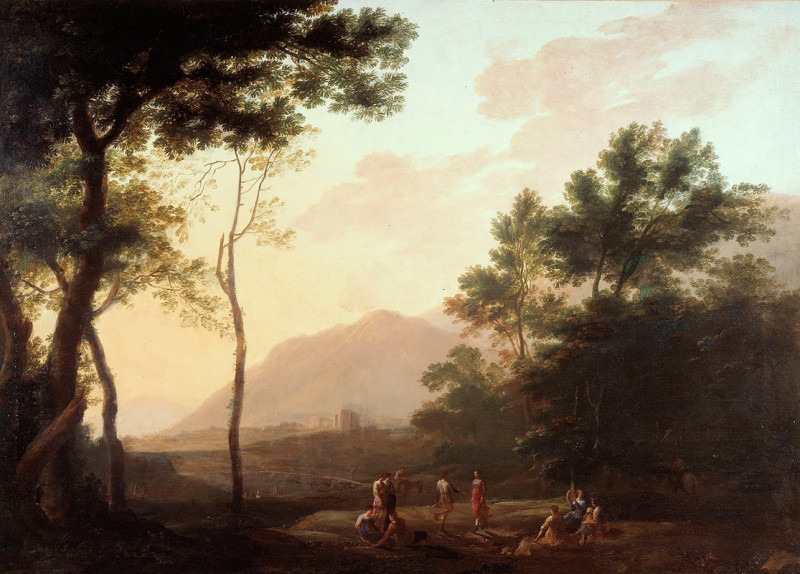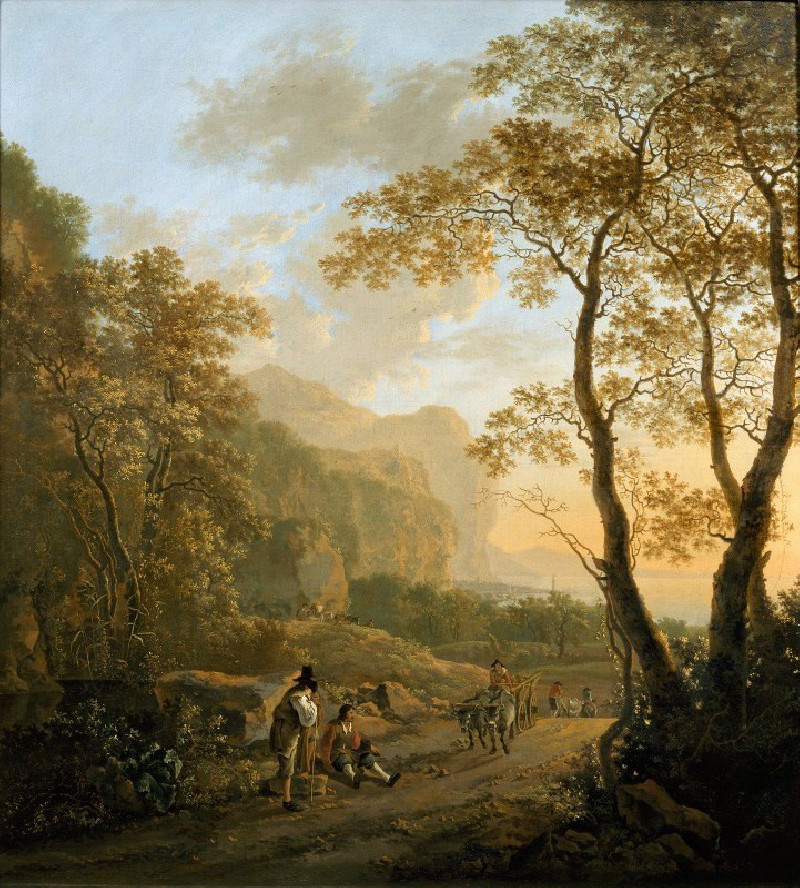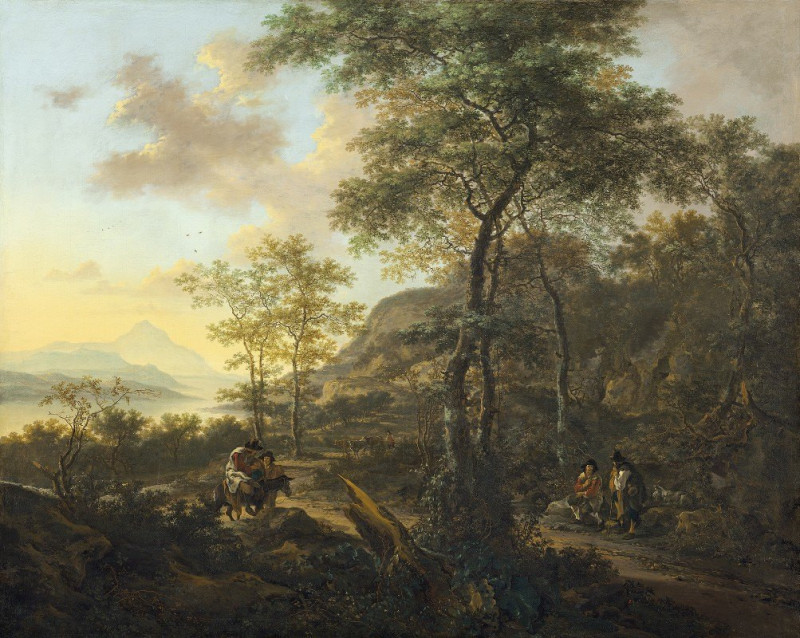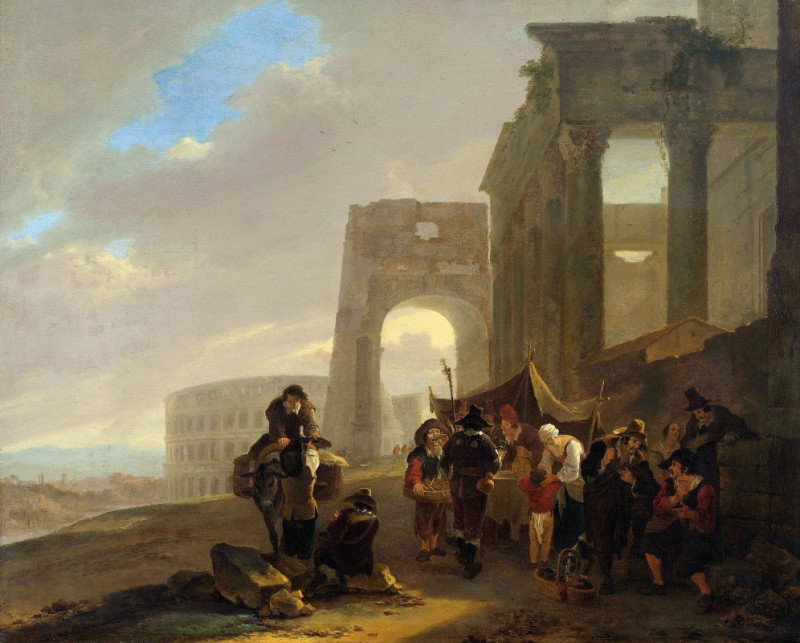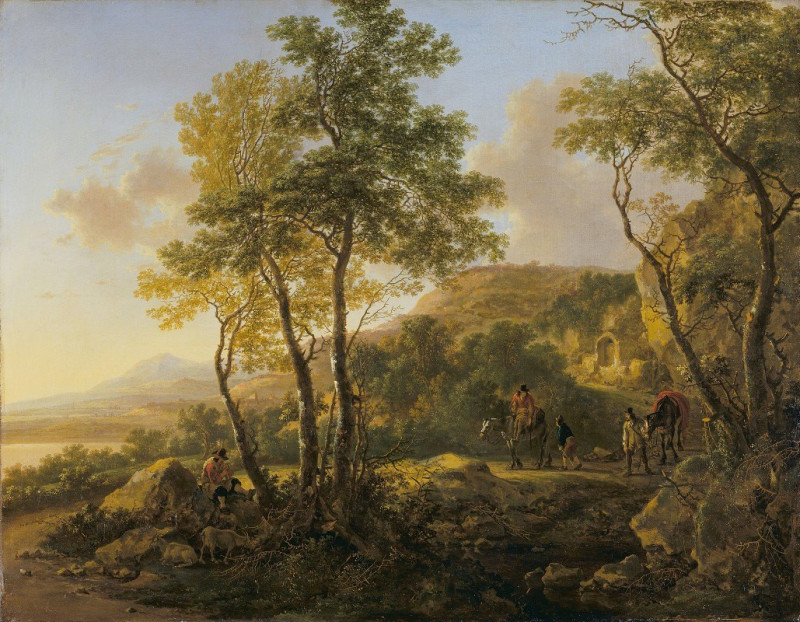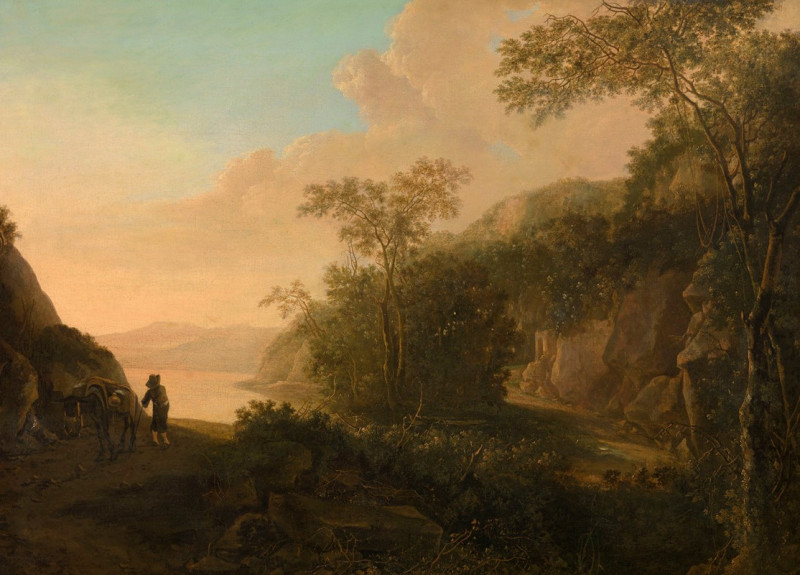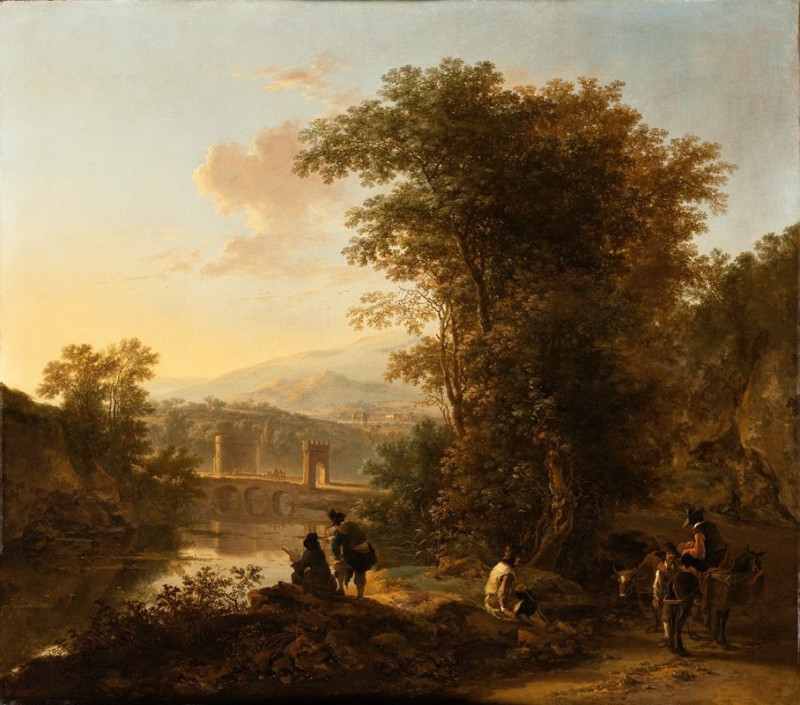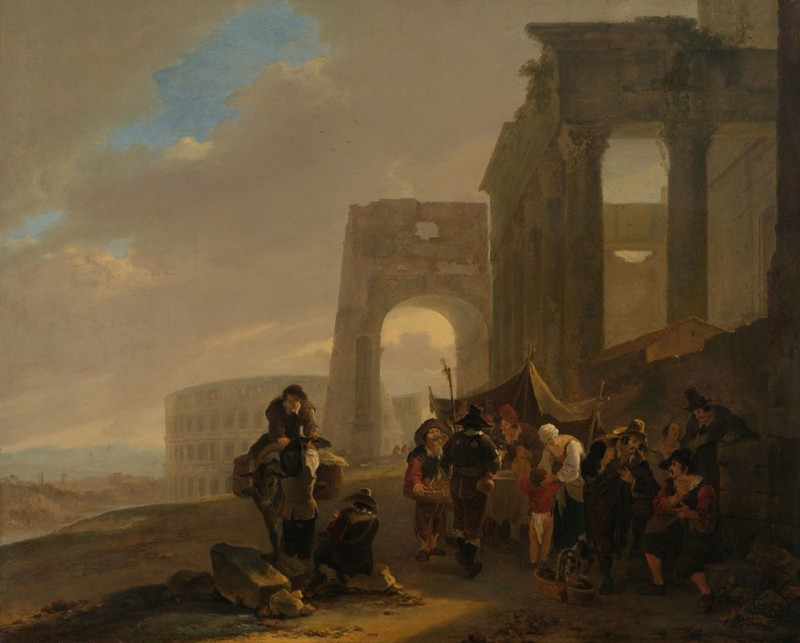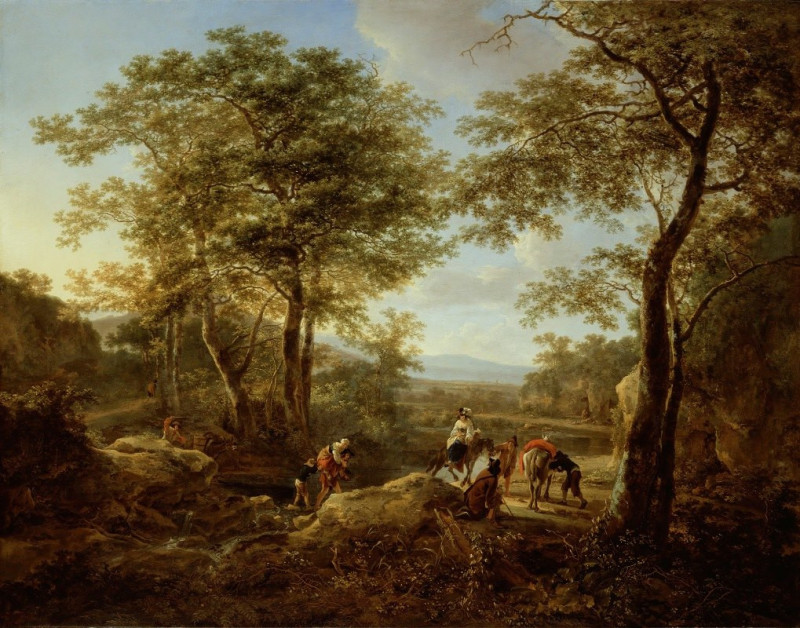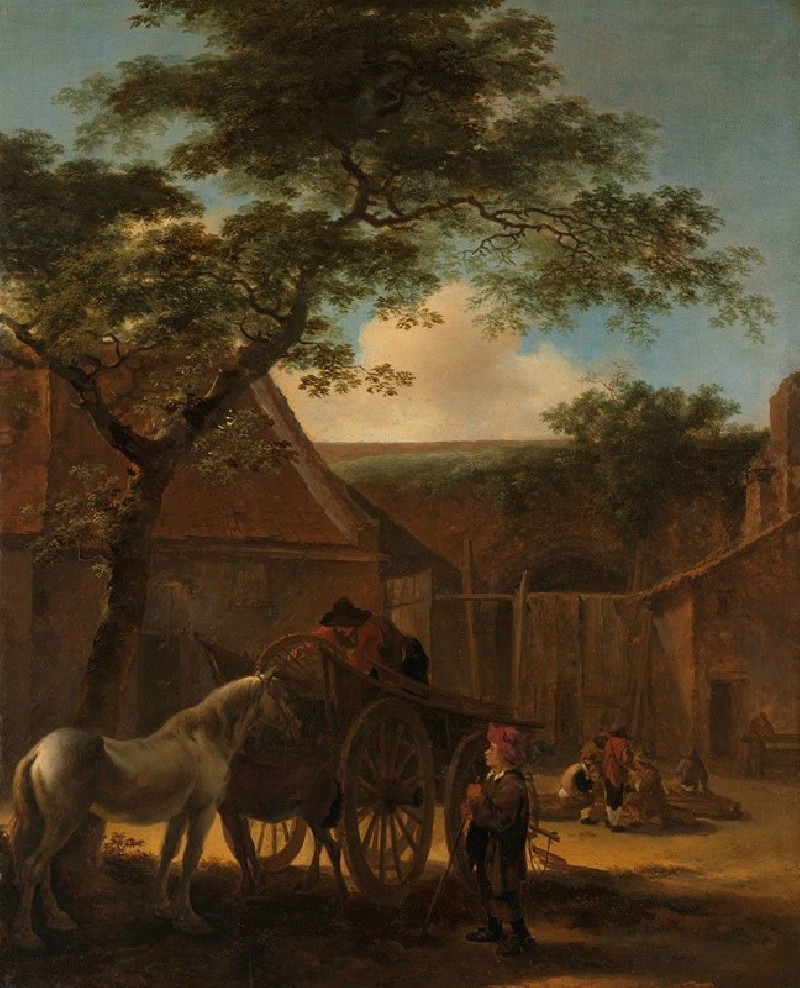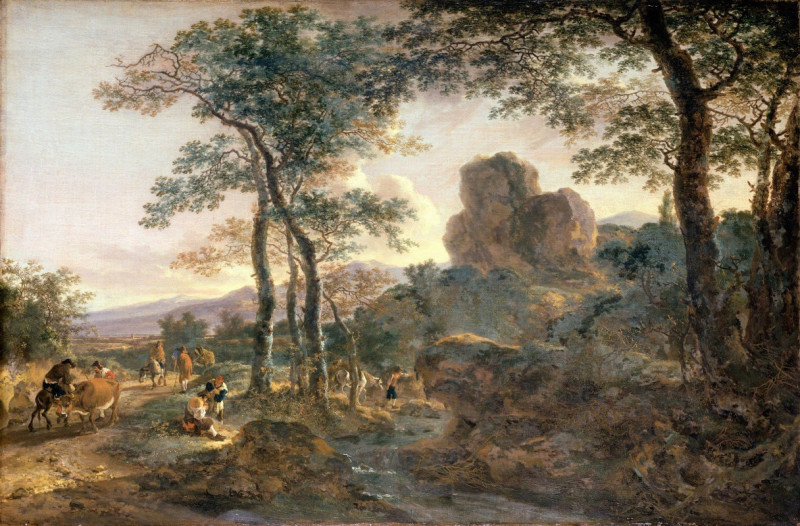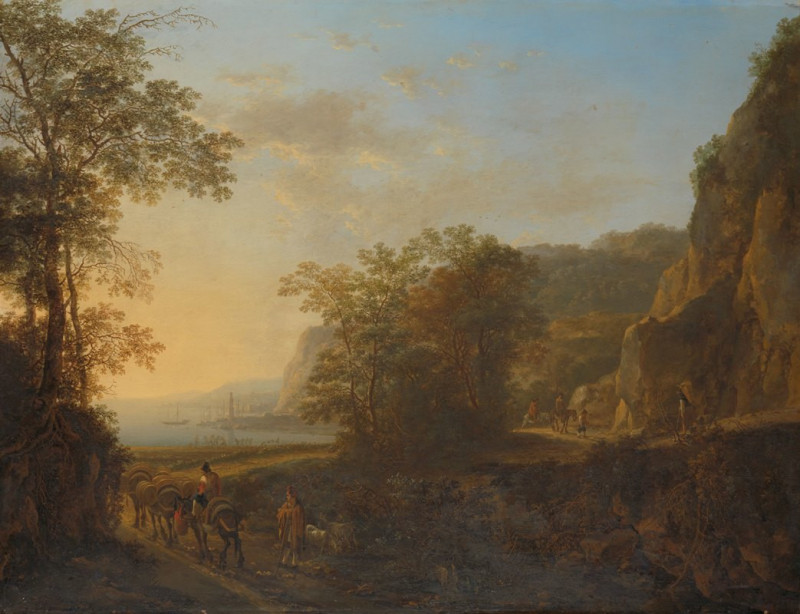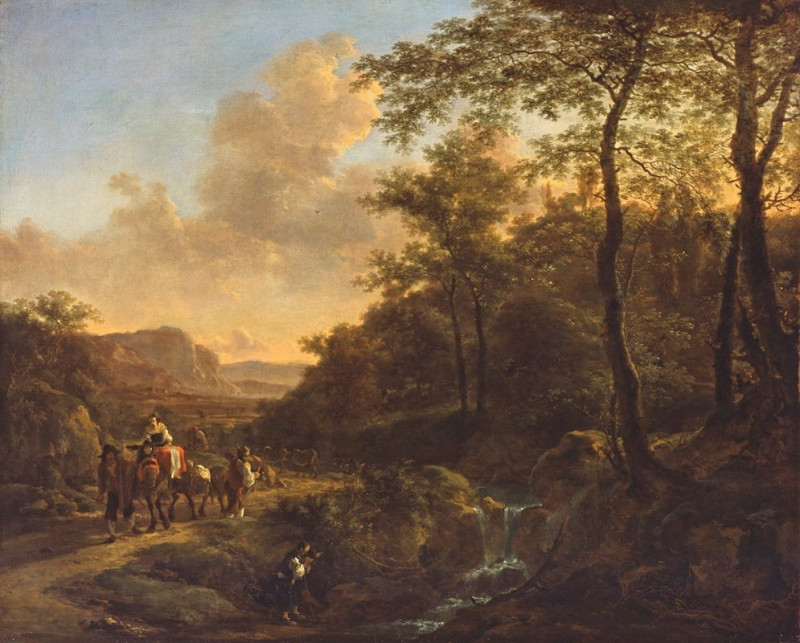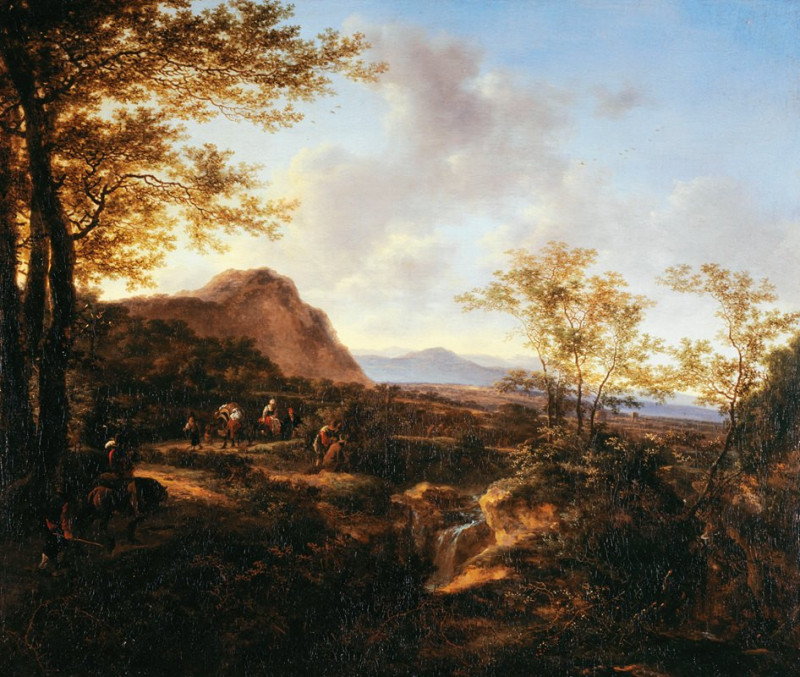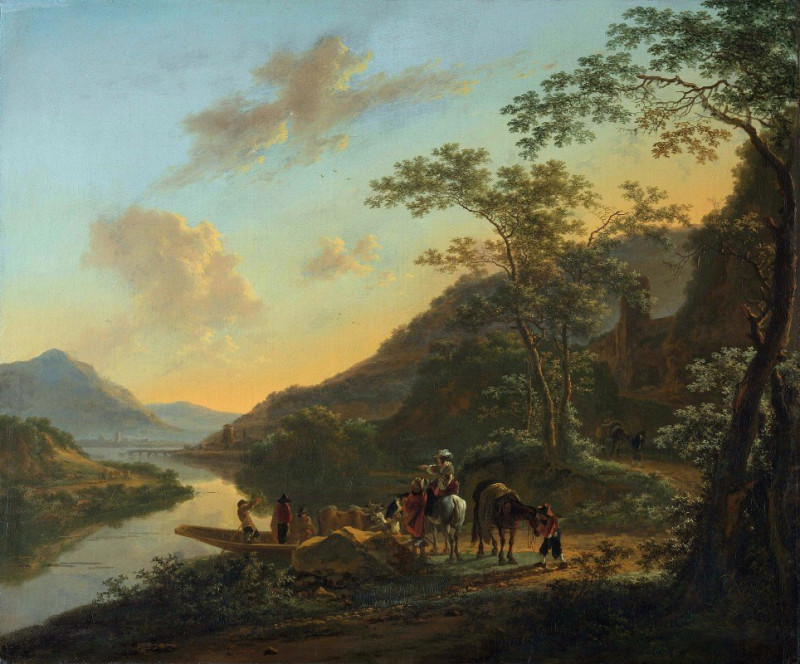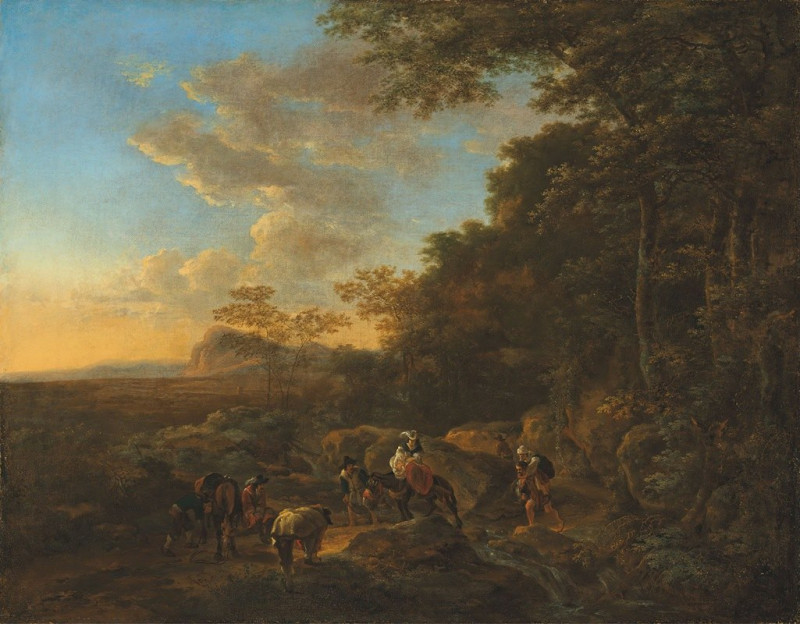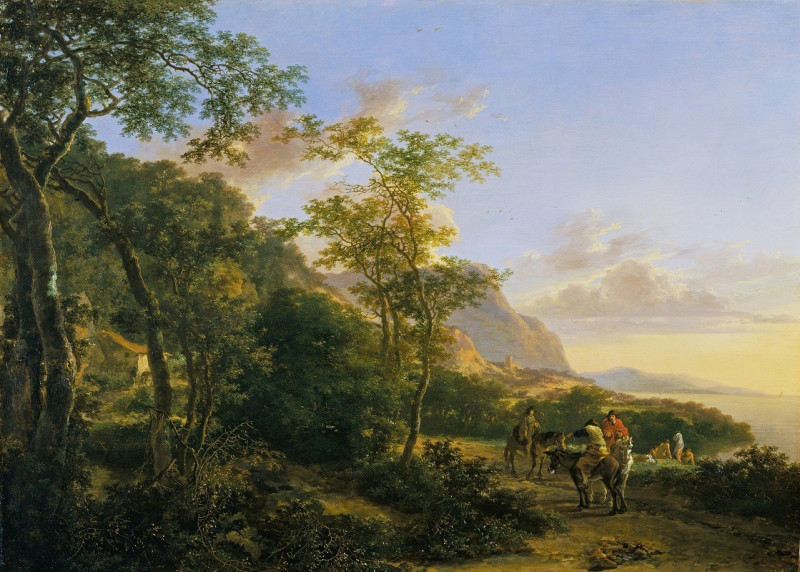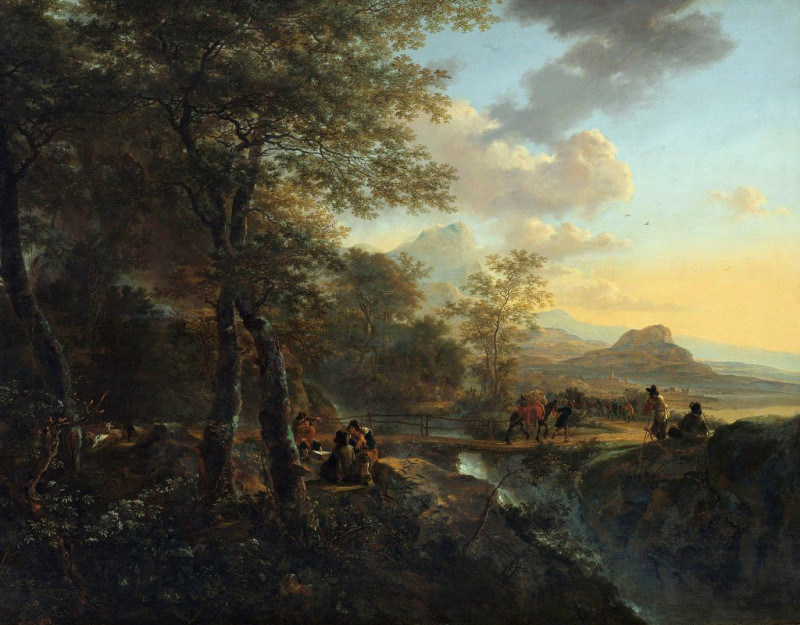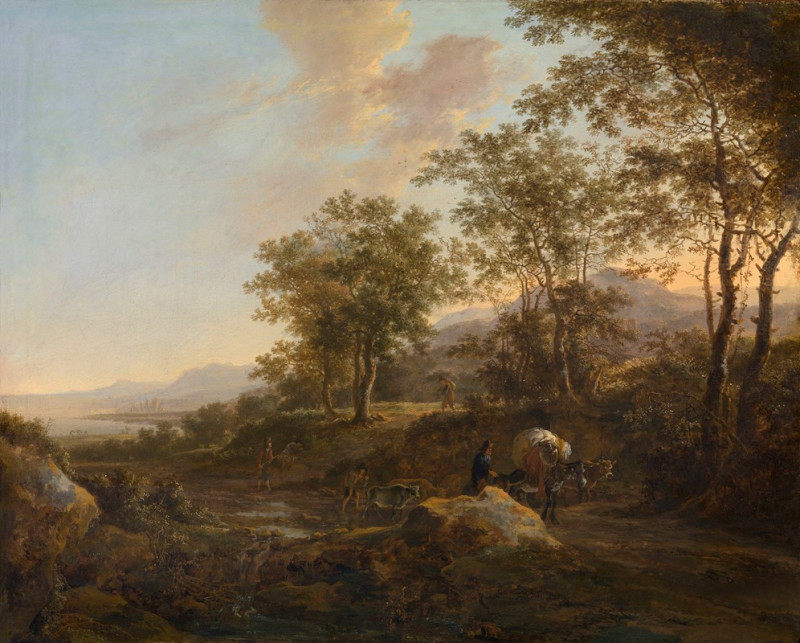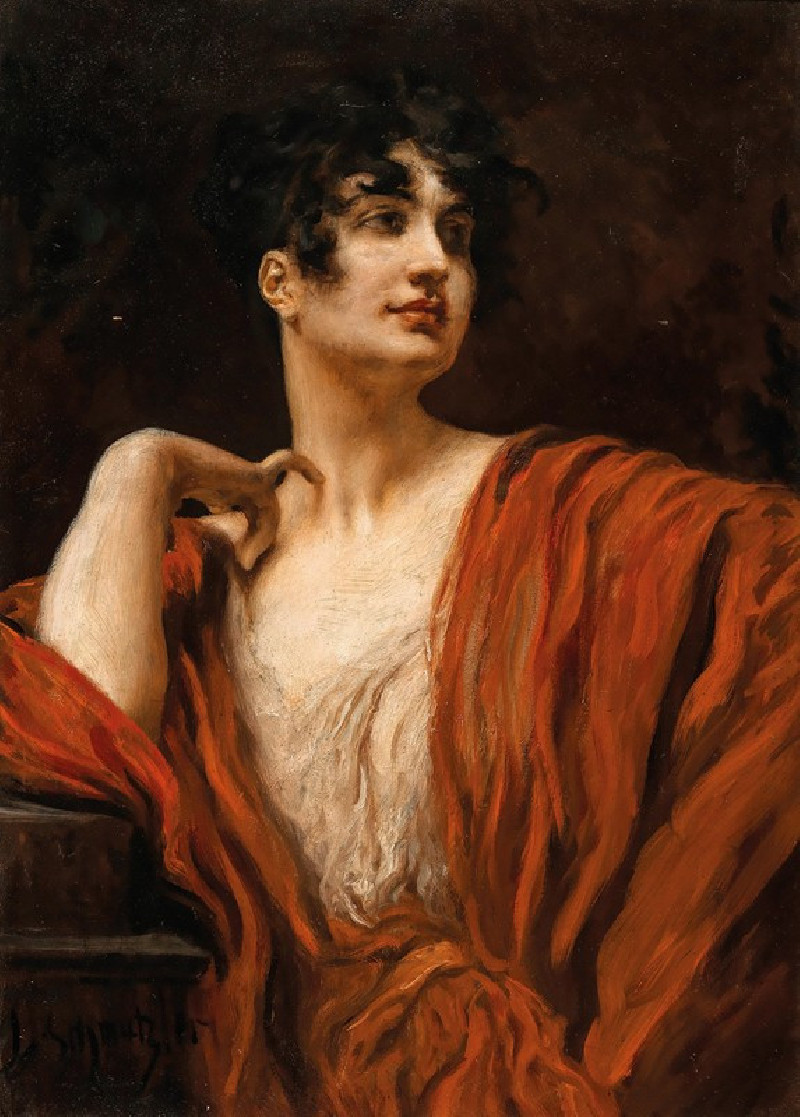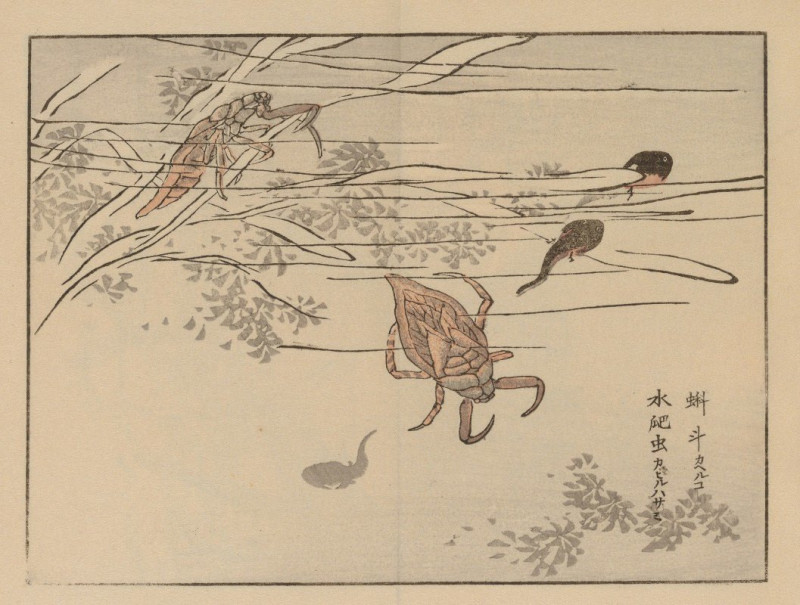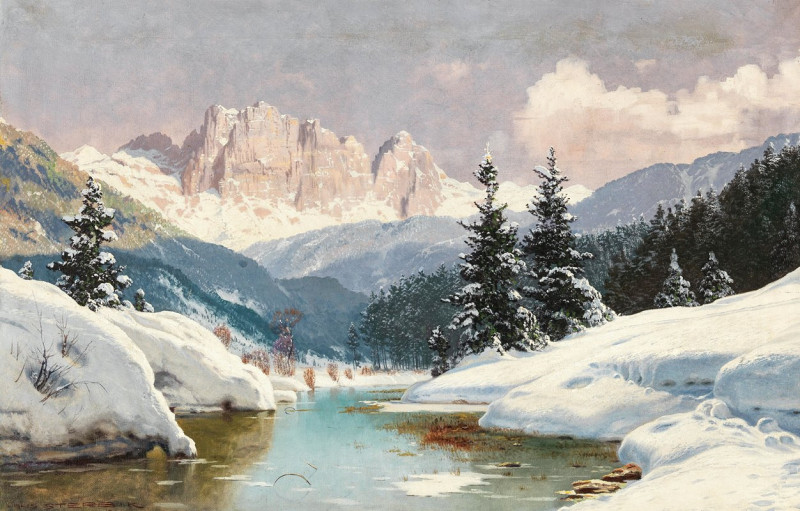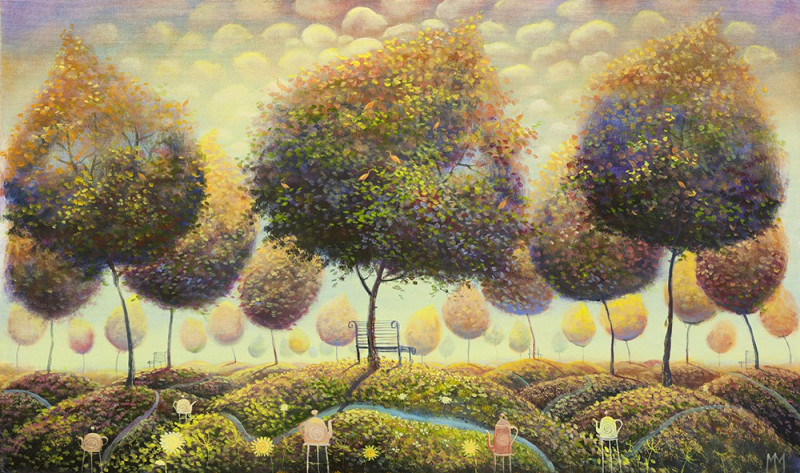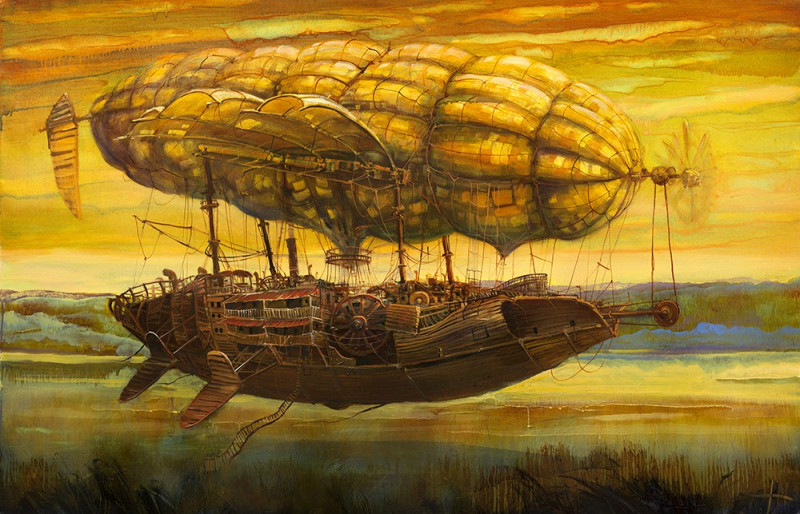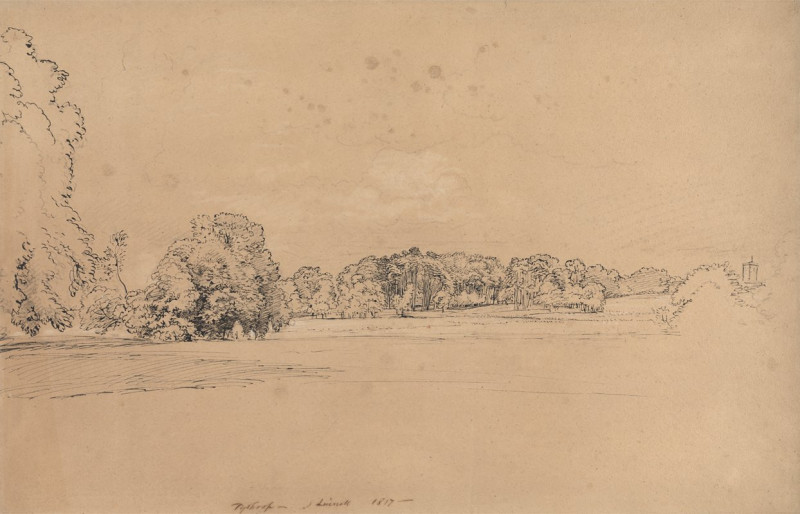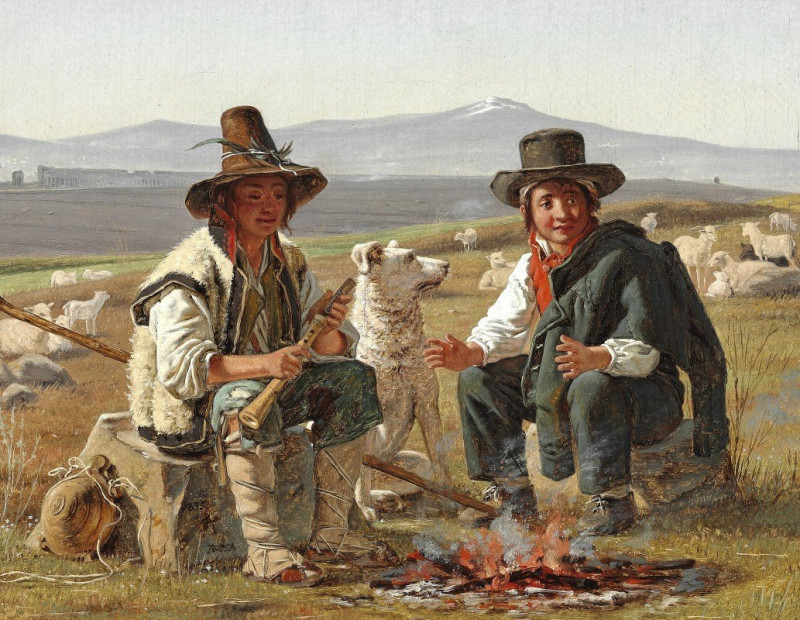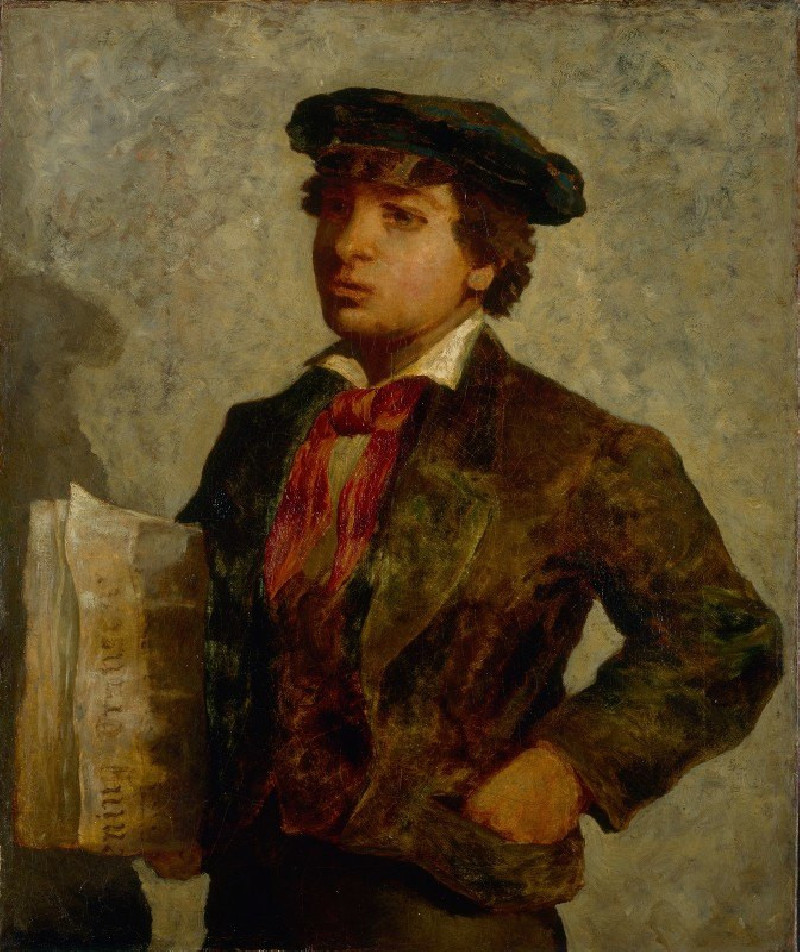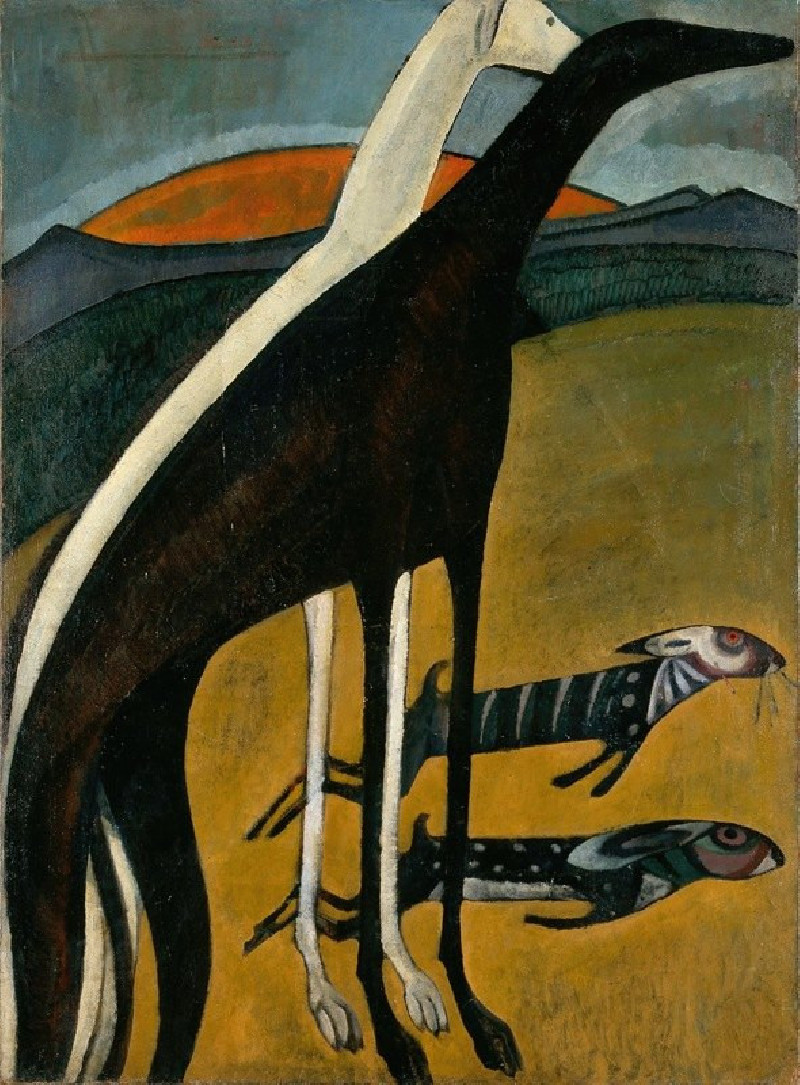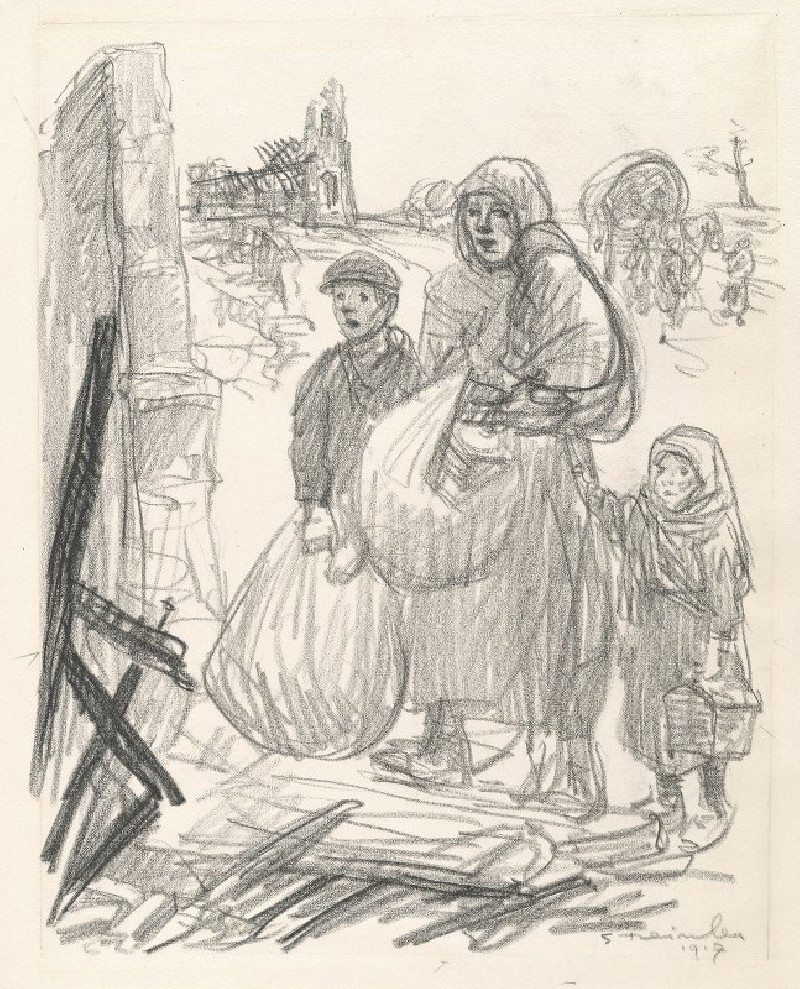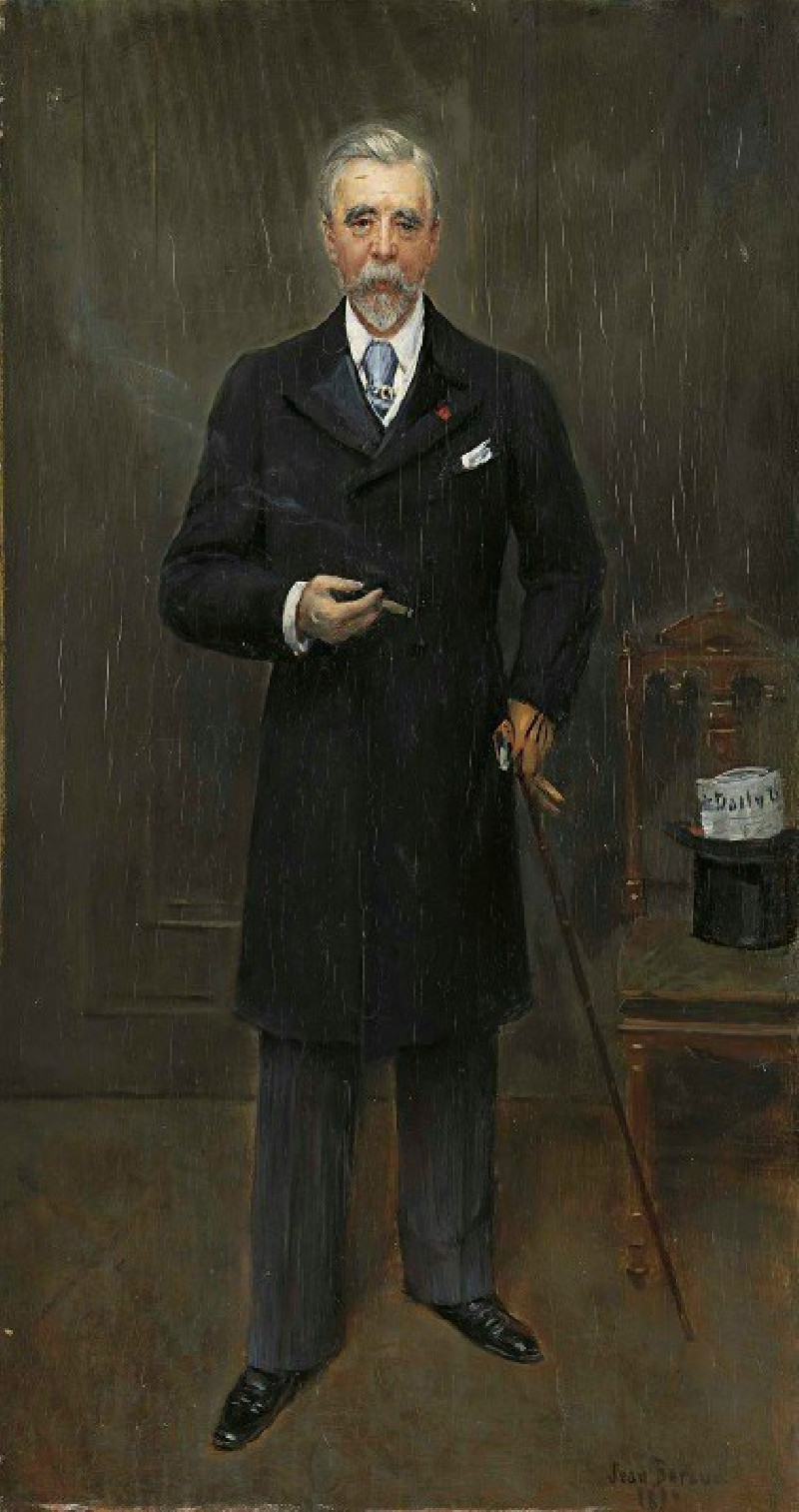Ponte Lucano With The Tomb Of The Plautii
Technique: Giclée quality print
Recommended by our customers
More about this artwork
Jan Both's painting "Ponte Lucano with the Tomb of the Plautii" captures a calm yet captivating scene that blends historical architecture with the tranquil beauty of nature. This remarkable artwork portrays the ancient Roman bridge Ponte Lucano, near Tivoli, Italy, alongside the prominent cylindrical tomb of the Plautii family, a burial monument which dates back to the 1st century BC.The scene is set against a dramatic and sweeping sky that imbues the landscape with a soft, golden glow, suggesting either dawn or dusk. The warm light bathes the water, the bridge, and the tomb, highlighting them as the central subjects of the painting. Visible are figures in period attire, enhancing the historical feel of the canvas. A traveler on horseback and a woman nearby appear to pause, possibly admiring the serene view or merely taking a rest by the water's edge.Both’s use of light and shadow, combined with his soft color palette, evoke a sense of timelessness and peacefulness.
Delivery
Returns
Jan Dirksz Both was a Dutch painter, draughtsman, and etcher, who made an important contribution to the development of Dutch Italianate landscape painting.
Both was born in Utrecht, and was the brother of Andries Both. According to Houbraken, the brothers first learned to paint from their father, who was a glass-painter or glazier there.


